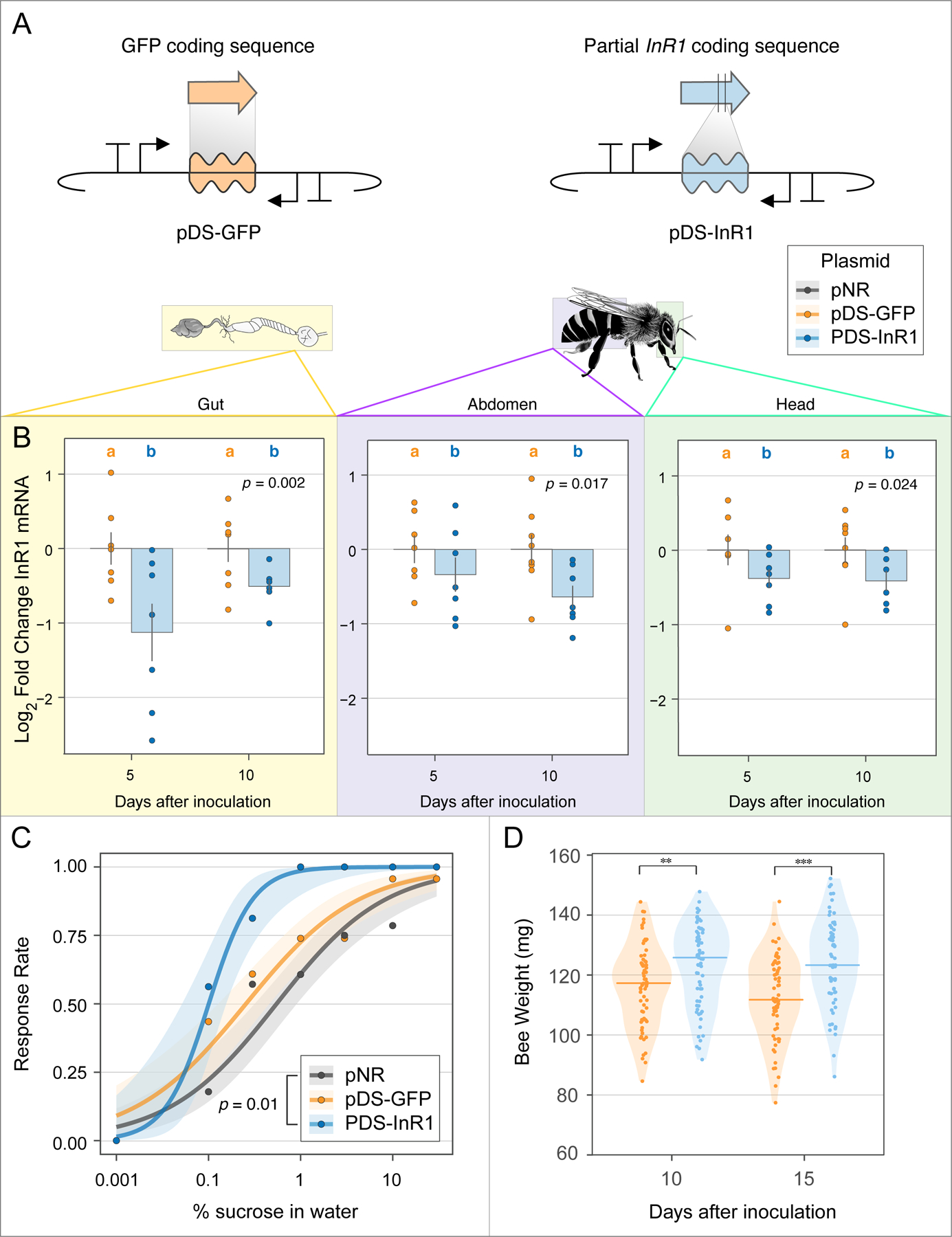Fig. 2. Symbiont-mediated RNAi reduces expression of a specific host gene and alters feeding behavior and physiology.

(A) Plasmid design for off-target dsRNA control (pDS-GFP) and InR1 knockdown plasmid (pDS-InR1). (B) Bees colonized with engineered S. alvi expressing InR1 dsRNA (pDS-InR1 plasmid) show reduced expression of InR1 throughout bee body regions for 10 days, as compared to bees colonized with off-target dsRNA control (pDS-GFP). Total N = 29 bees from one hive. (C) pDS-InR1 plasmid increases host feeding activity (sucrose sensitivity response) measured 5 days after inoculation. Curves are a binomial-family generalized linear model (GLM) fit to the response data for N = 67 bees from two hives. (D) pDS-InR1 plasmid significantly increases bee weight, measured 10 and 15 days post inoculation (Mann-Whitney U test). Total N = 135 bees from one hive. See Fig. S4 for additional trial. Error bars and shading represent standard error. **, *** indicate p < 0.01, 0.001, respectively.
